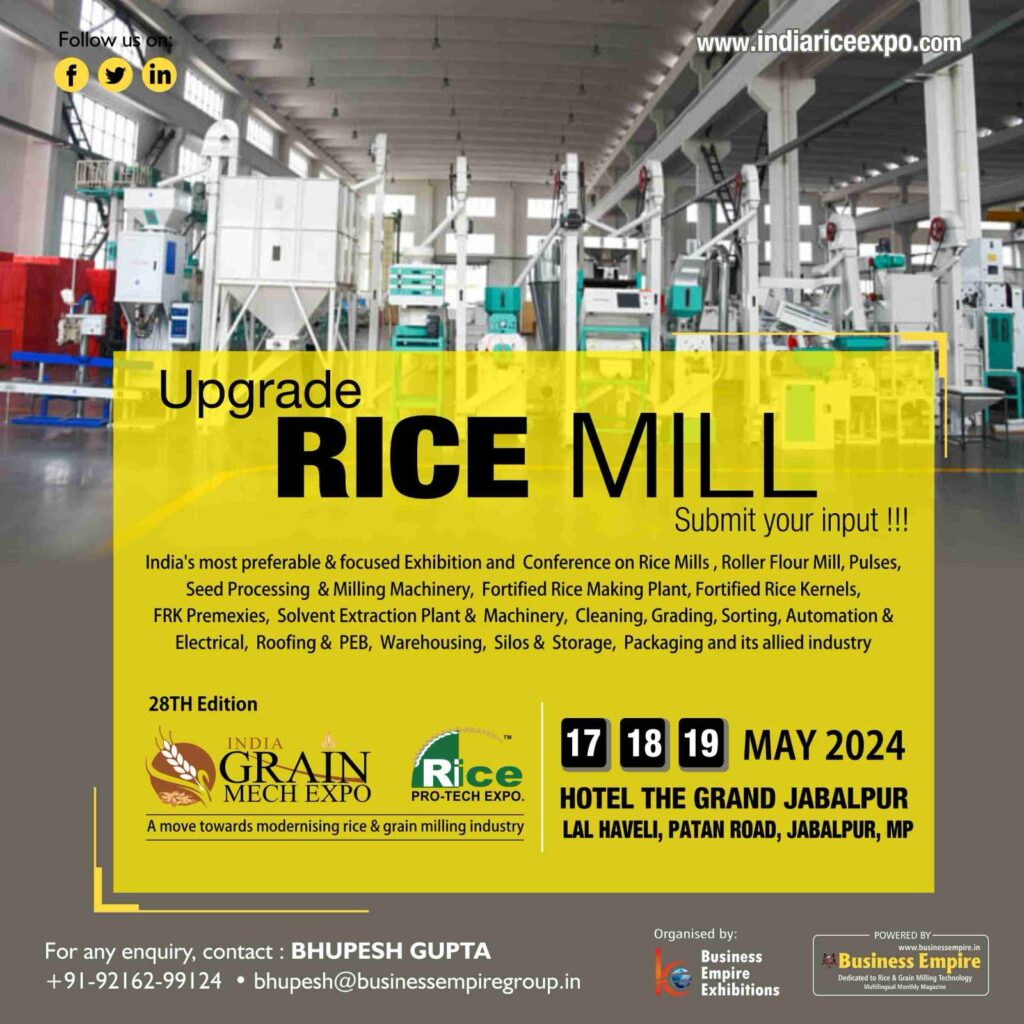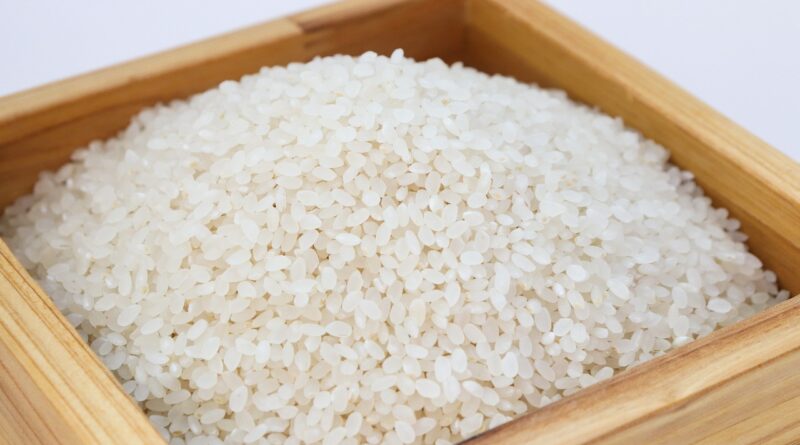Shrinking bowl: Rising input cost & low returns force cut in rice cultivation
By Pranesh Sarkar
A disturbing trend has emerged in the rice belt of Bengal — comprising East Burdwan, Birbhum and Hooghly, which together account for nearly 35 per cent of Bengal’s annual rice production of 160 lakh tonnes — over the last few years as farmers have begun cutting down on the area under cultivation, which may have a far-reaching impact on the state’s food self-sufficiency.
Multiple sources in the Bengal agriculture department, which gathers micro-level data on rice production and cultivation area, said that ground reports suggest that farmers are losing interest in paddy cultivation as the returns have dipped significantly in the last few years owing to spiralling input costs and lowering of price realisation.
A disturbing trend has emerged in the rice belt of Bengal — comprising East Burdwan, Birbhum and Hooghly, which together account for nearly 35 per cent of Bengal’s annual rice production of 160 lakh tonnes — over the last few years as farmers have begun cutting down on the area under cultivation, which may have a far-reaching impact on the state’s food self-sufficiency.
Multiple sources in the Bengal agriculture department, which gathers micro-level data on rice production and cultivation area, said that ground reports suggest that farmers are losing interest in paddy cultivation as the returns have dipped significantly in the last few years owing to spiralling input costs and lowering of price realisation.
“This phenomenon began in the last three to four years… As farm production numbers come with a lag, it would take another couple of years to assess the exact impact,” said a source.
“The Bengal government’s plan to increase rice production in the state is likely to go awry and the primary reason is the abnormal rise in input costs, which is in the domain of the Centre,” the source added.
According to the source, if rice production takes a hit in Bengal — which is the most likely outcome of a drop in cultivable area — it might have an impact on the state’s self-sufficiency in rice.
Data available from the government suggests that the state’s annual rice production is about 160 lakh tonnes while the consumption requirement is about 155 lakh tonnes. As the supply is more than the demand, the state can run its own cheap food grains scheme — “Khadyasathi” — without much trouble.
“If we lose self-sufficiency in rice, we may face problems in running the cheap food grains scheme that benefits 2 crore people over and above the central scheme, under the provisions of the National Food Security Act, which provides cheap food grains to
6.01 crore people,” a senior Bengal bureaucrat, who spoke under cover of anonymity, said in the government headquarters at Nabanna.
When this correspondent visited farmlands in some of the pockets of Bengal’s rice belt, several farmers explained in detail how rising input costs have made rice cultivation unattractive.
Golakpati Mondal, a resident of Belna near Shaktigarh in East Burdwan, rolled out the numbers.

“We are in a crisis because of input costs. For example, a 50kg bag of NPK 10:26:26 fertiliser (a popular fertiliser for paddy cultivation) costs between ₹1,900 and ₹2,100 depending on the season… The price band was between ₹700 and ₹900 a bag before 2018,” he said, adding that the cost of other pesticides has also seen a surge in the last few years.
The middle-aged Mondal — who is also the Trinamool Congress booth president of Belna that has 960 voters — said he was forced to bring down the area under rice cultivation to 17 bighas this year from 22 bighas last year.
“The cost of cultivating a one-bigha plot has gone up to ₹11,000 while one can get a maximum of ₹1,250 to ₹1,300 by selling the produce of one bigha in the open market… Earlier, the margin was better as the input cost was between ₹6,000 and ₹8,000 for each bigha,” said Mondal, explaining the paddy production economics.
Another farmer, Shibu Roy, from Khujutipara near Nanoor in Birbhum, said the higher input cost has had a direct impact on rice production in the district.
“First, we are being forced to cut down the cultivable area. Second, we are being forced to use less fertiliser due to its high price and that’s also affecting production… I had cultivated 18 bighas of land in the last Kharif (monsoon) season but the year before I did cultivation on 25 bighas of land,” he said.
Senior officials in the agriculture department admitted that they were aware of the problem, but pleaded helplessness as the fertiliser supply is at Delhi’s discretion.
“The Centre is supplying lower quantities of fertiliser to the states. This is creating a shortage of supply in the market and pushing up the price of the commodity. Last year, we had sent a requisition for 6.72 lakh tonnes of NPK 10:26:26, but were given 70,500 tonnes during the peak season. Until the Centre corrects its supply policy, the farmers would continue to face problems,” said a source.
Lower availability of fertiliser has an impact on productivity, said several farmers, referring to the dip in per bigha yield from around 700kg in 2019-20 to 600kg in 2023-24.
The lower return is a kind of a vicious cycle as it is pushing farmers to other vocations, which, in turn, is further reducing the production.
“I work in a local grille manufacturing unit in the afternoon where I get ₹3,000 a month. As I have to go there by 3pm, I cannot spend my entire day on the field. This is also hurting the production,” said Ramen Das, a resident of Purbapara in Borshul-II gram panchayat in East Burdwan.
However, it’s not just the Centre that the farming community is upset with. They have their grouse against the state government as well for its failure to put in place a better procurement plan.
“Out of a total of 160 lakh tonnes of rice that the state produces, about 50-55 lakh tonnes is procured by the state government. So, the majority of the paddy produced in the state is sold in the open market, which does not offer a good price. More paddy should be purchased through the procurement system of the government,” said Samar Malek, a farmer in Dhaniakhali area in Hooghly.
Sources in the food and supplies department said the cash-strapped Bengal government is not in a position to offer incentives over and above the Minimum Support Price, fixed by the Centre, which was ₹2,183 a quintal this year.
“A farmer in Chhattisgarh is getting ₹3,000 for a quintal of paddy as the state government is giving an incentive of around ₹700… But a farmer in Bengal barely gets ₹2,203 a quintal as the bonus is just ₹20 a quintal. The Centre should increase the MSP of paddy to bridge the gap as all states cannot spend such a handsome amount for procuring paddy every year,” said an official in the food and supplies department.
This article has been republished from The Telegraph.

